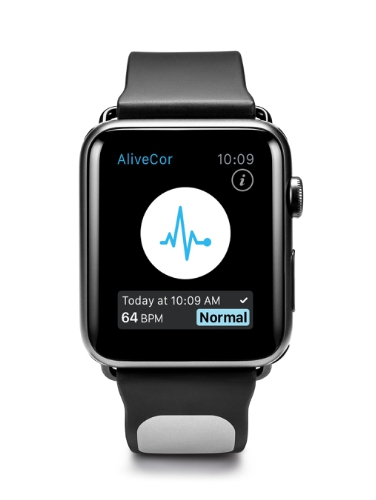
The Apple Watch already comes with a built-in heart rate monitor, but certain factors can prevent it from getting an accurate reading. The way the strap fits on a user’s wrist, how he or she moves their wrist, and the presence of tattoos can all impact the device’s heart rate monitor, as Apple explains.
But AliveCor’s Kardia Band claims to bring medical-grade heart tracking to the Apple Watch by using a different type of technology more commonly used by health professionals.
The Kardia band for Apple Watch, which is expected to be available in late spring, uses electrocardiogram technology (EKG) to check the state of a wearer’s heart.
The Apple Watch’s heart rate sensor works through photoplethysmography, which flashes LED lights hundreds of times per second to detect blood flow through the wrist. This allows the watch to calculate how many times a wearer’s heart beats per minute. EKG sensors instead monitor the electrical signals that are produced by a heartbeat, according to The American Heart Association.
See What's Inside the Apple Watch
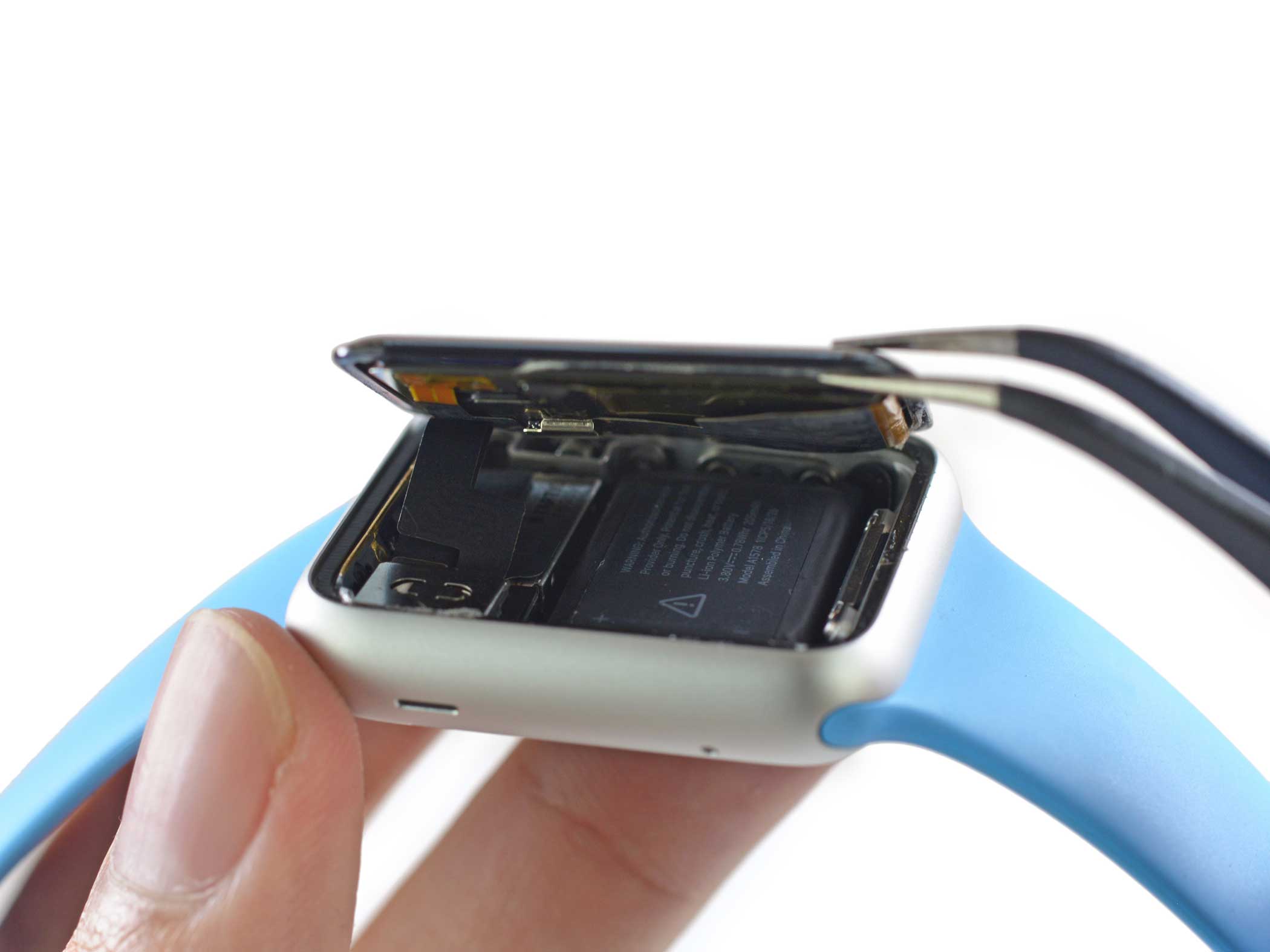

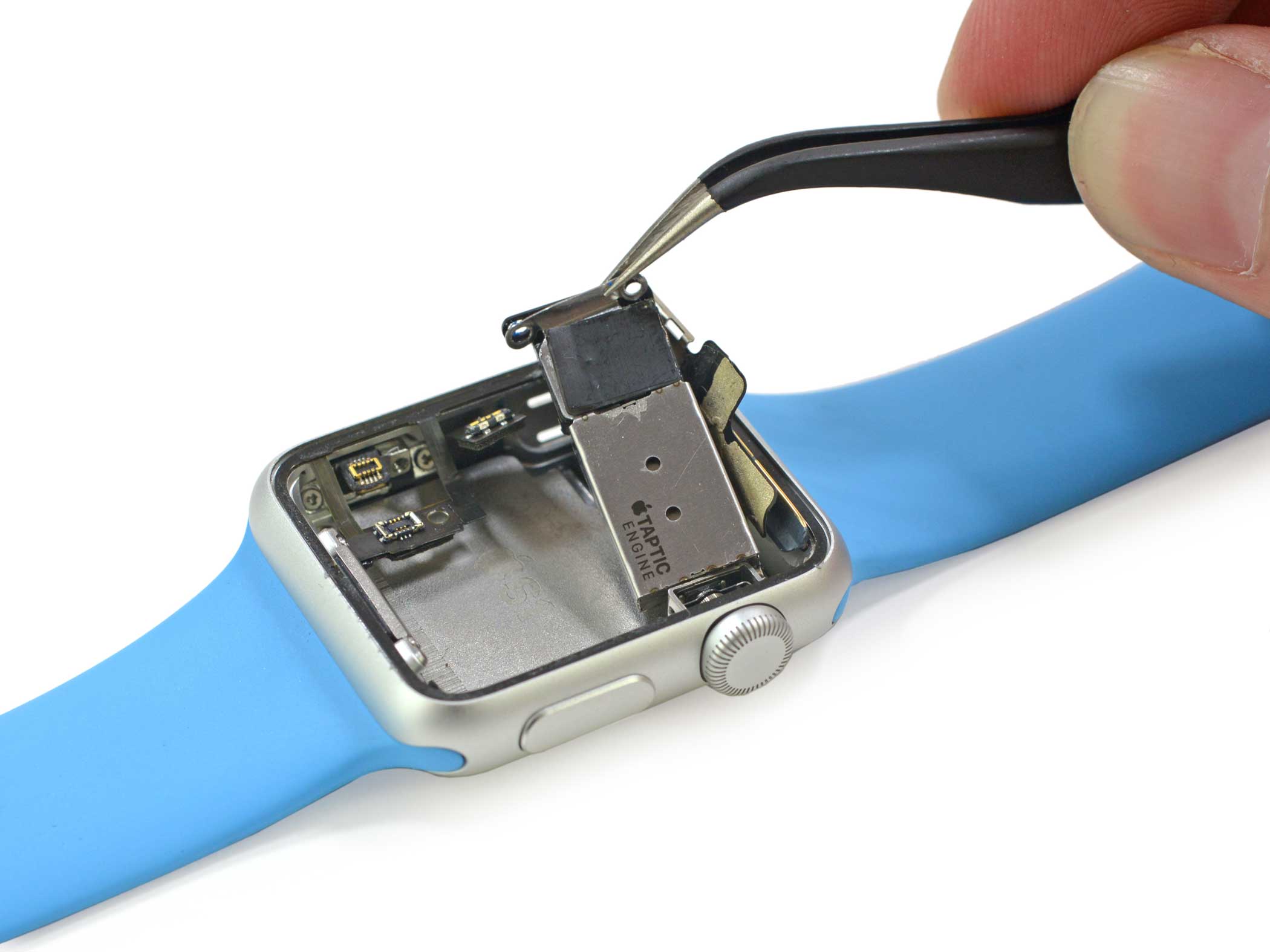
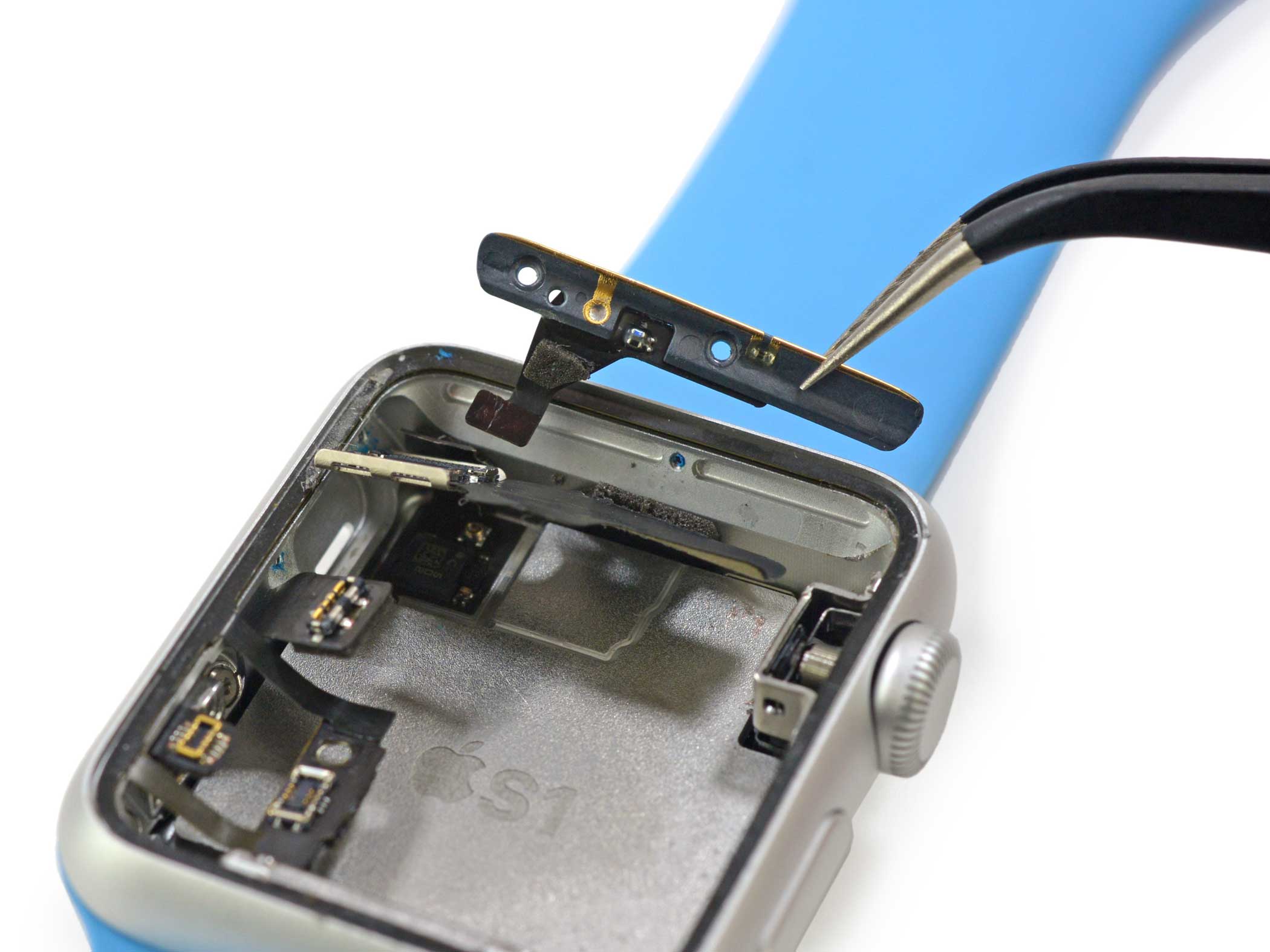

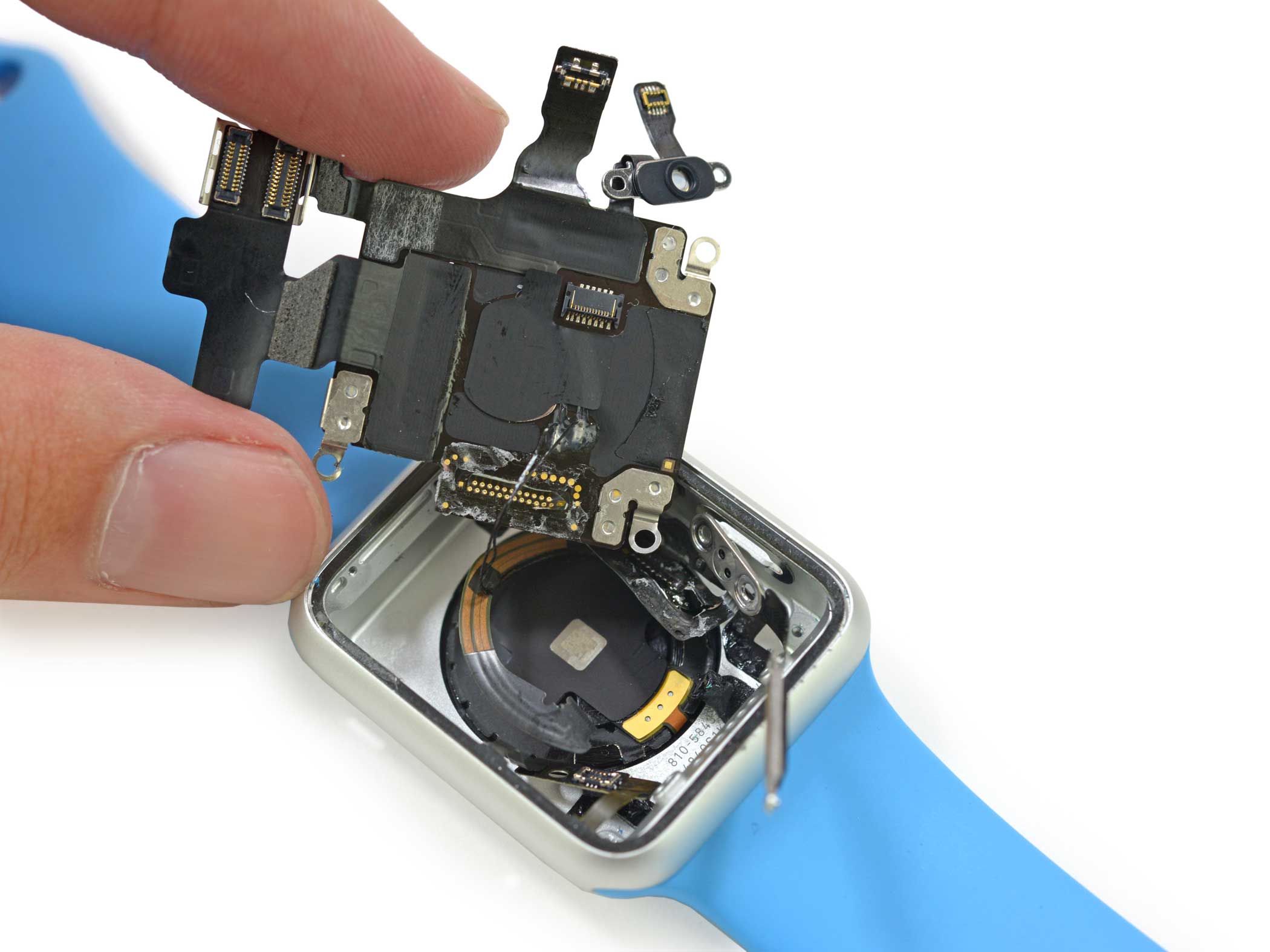

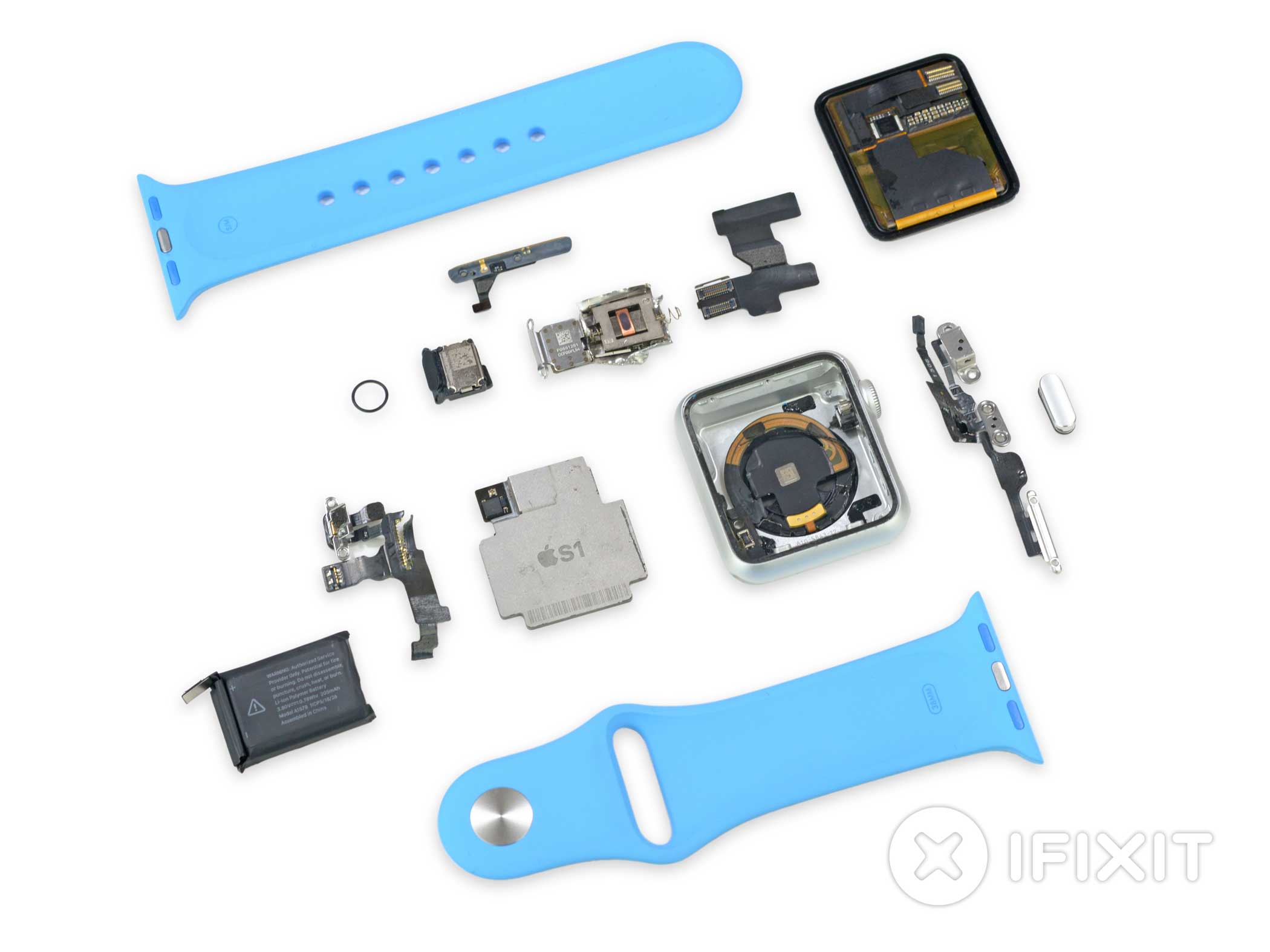
AliveCor says the sensor in its band for the Apple Watch can detect Atrial fibrillation, which is an irregular heart rate that can increase the risk of a stroke and other heart complications, as The Mayo Clinic explains. The strap is also capable of detecting whether or not a user’s heart rate and heart rhythm are normal, and can alert wearers when a reading is unreliable so that another can be taken.
Kardia works with an accompanying app made by AliveCor and feeds data into Apple’s Health app, allowing users to track their EKG readings along with the other types of health information the Apple Watch records, like step and calorie count.
More Must-Reads From TIME
- The 100 Most Influential People of 2024
- Coco Gauff Is Playing for Herself Now
- Scenes From Pro-Palestinian Encampments Across U.S. Universities
- 6 Compliments That Land Every Time
- If You're Dating Right Now , You're Brave: Column
- The AI That Could Heal a Divided Internet
- Fallout Is a Brilliant Model for the Future of Video Game Adaptations
- Want Weekly Recs on What to Watch, Read, and More? Sign Up for Worth Your Time
Contact us at letters@time.com